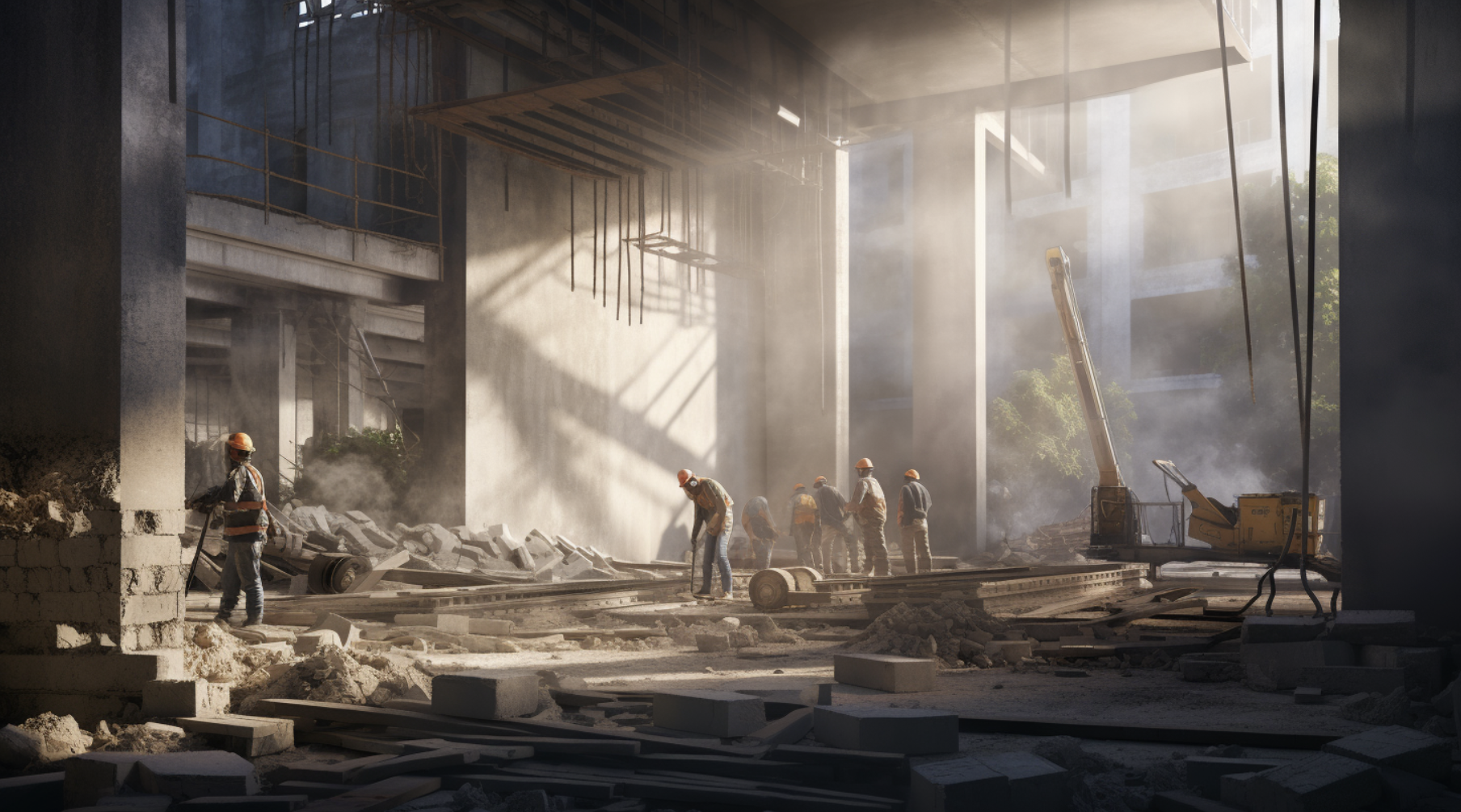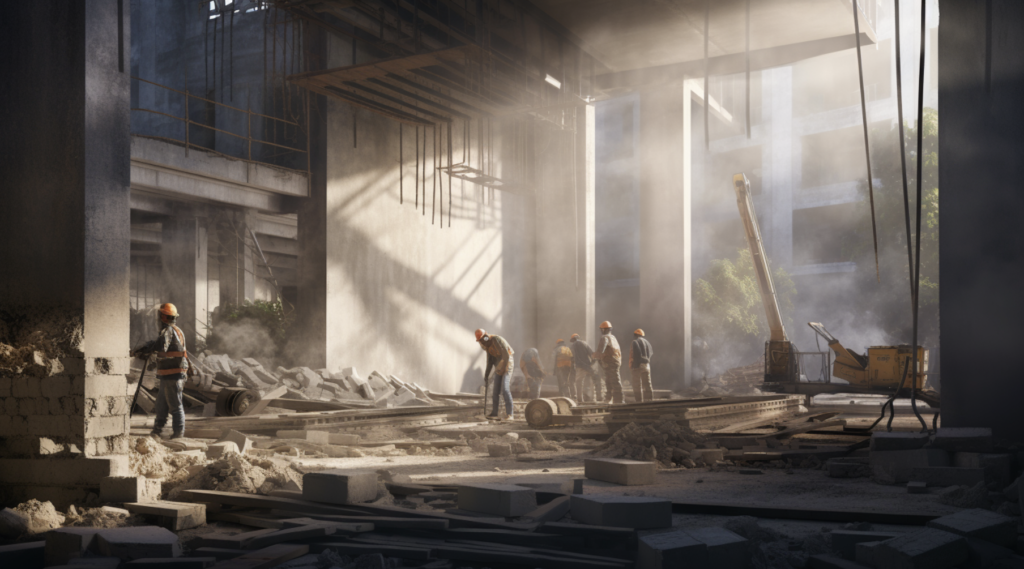
Concrete is the cornerstone of modern construction, a material as essential as it is ubiquitous. Yet, its production and curing process are not without environmental costs, contributing significantly to global CO2 emissions.
In this context, the construction industry faces a dual challenge: maintaining efficiency and embracing sustainability. This is where AI sensors come into play, offering a solution that marries these two objectives seamlessly.
The construction sector, second only to the extractive industries in pollution, is in dire need of a transformation. With concrete being the second most consumed material on earth, the urgency for a sustainable and efficient curing process cannot be overstated.
AI sensor technology steps into this arena with a promise of change, aiming to revolutionize the way we approach concrete curing.
Understanding Concrete Curing
The Basics of Curing
Concrete curing is a critical phase in construction, involving the maintenance of adequate moisture, temperature, and time to allow the concrete to achieve its desired strength and durability.
Traditionally, this process has been more of an art than a science, relying heavily on experience and often resulting in inefficiencies and a larger carbon footprint.
The Need for Efficiency and Sustainability
With the construction industry responsible for about 8% of global CO2 emissions, there’s a pressing need to rethink traditional methods. Efficient curing not only ensures structural integrity but also reduces waste and energy consumption, aligning with the global push towards sustainability.
Sensor’s Role in Sustainable Curing
Innovative Use of Sensors
Sensors such as the Converge Signal sensor are using advanced technology to monitor the concrete curing process. These sensors can provide real-time data on temperature and moisture levels, crucial for determining the optimal curing time.
Data-Driven Decision Making
The real-time data collected by sensors enables more precise control over the curing process. This data-driven approach minimizes guesswork, reduces the likelihood of errors, and ensures that the concrete achieves its intended strength efficiently.
Benefits of Sensor-Based Curing
Reduced Environmental Impact
By optimizing the curing process, the amount of energy and resources used is significantly lowered. This reduction directly translates into decreased CO2 emissions, aligning with Converge’s commitment to sustainability in construction.
Enhanced Quality and Durability
Accurate monitoring ensures that the concrete cures properly, enhancing its quality and longevity. This not only leads to safer structures but also reduces the need for repairs and maintenance, further contributing to sustainability.
Important things to remember
The integration of sensor technology in concrete curing marks a significant step towards a more sustainable and efficient construction industry. While the journey towards a fully sustainable model is complex, innovations like these pave the way for a future where construction not only builds but also preserves our world.

